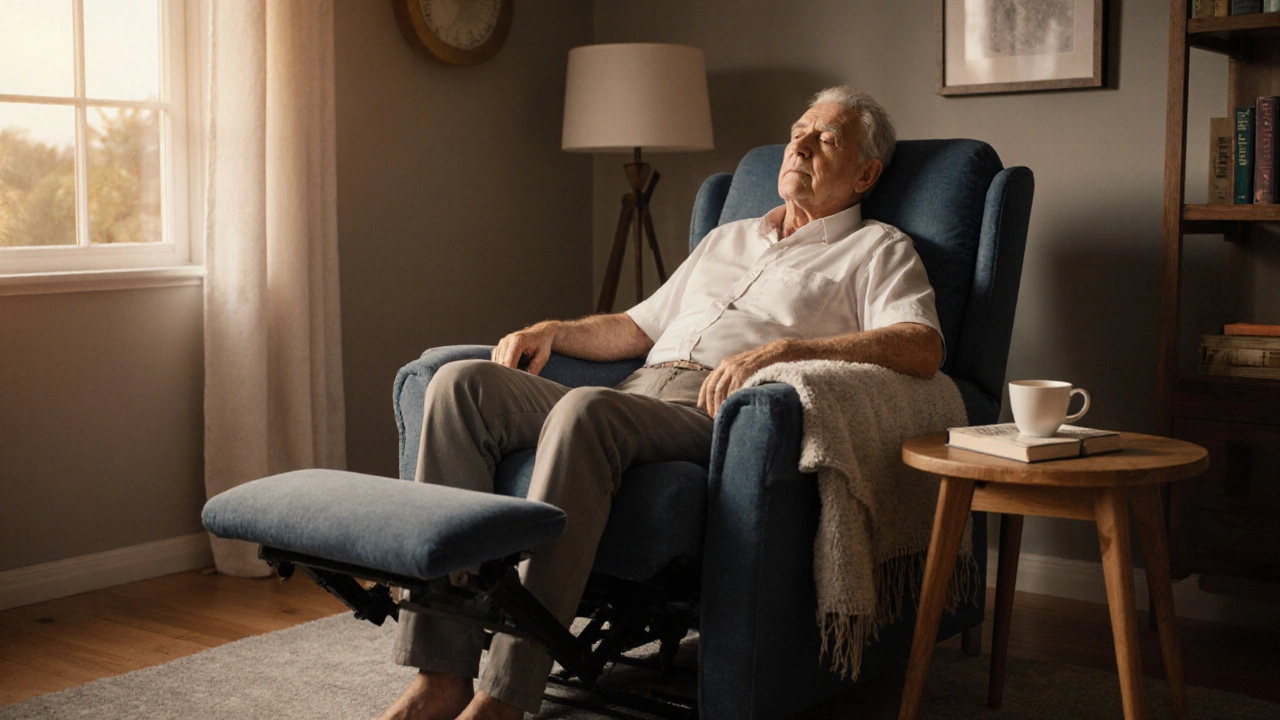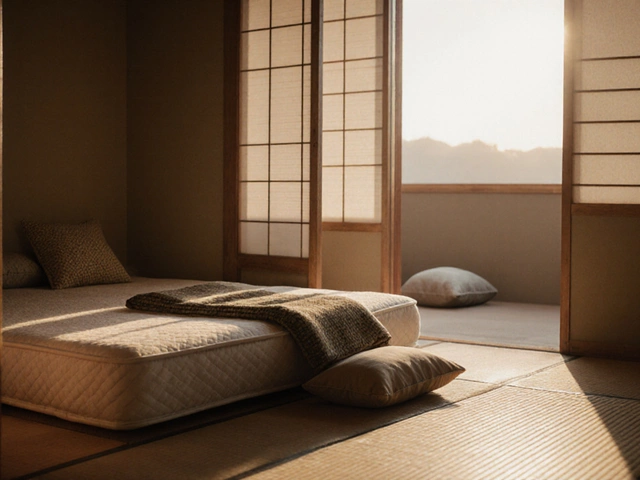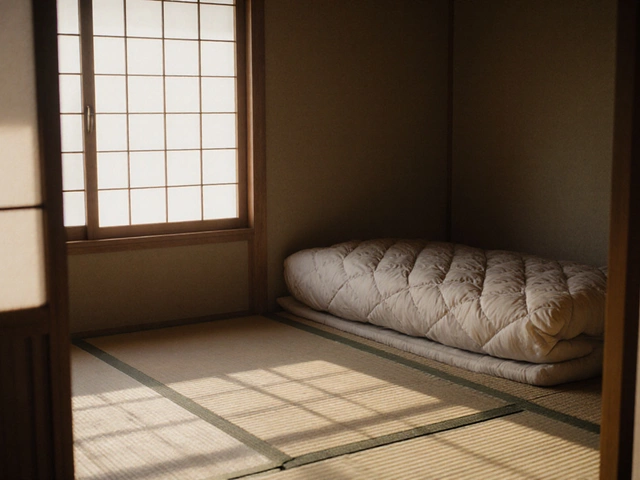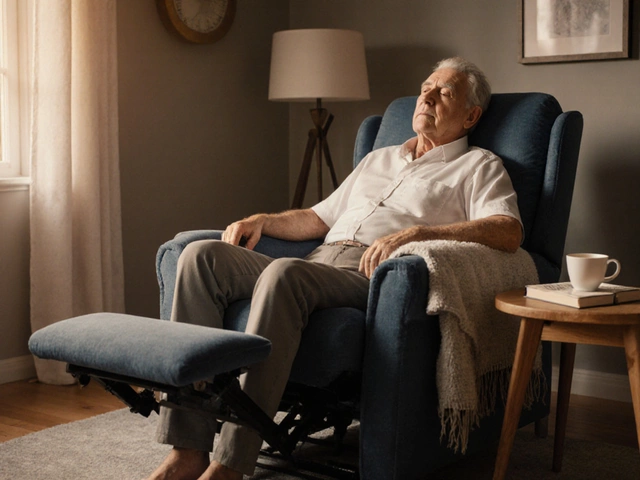You sit down in a recliner after a long day. It’s not just a chair-it’s your reward. But if you’ve shopped for one lately, you know prices range from $300 to over $3,000. So how much should you really spend? The answer isn’t about looking fancy. It’s about matching the chair to your life.
What You Get at Different Price Points
Recliners aren’t all the same. The price tells you what’s inside-the frame, the foam, the motor, the fabric. You don’t need to overspend, but you also don’t want to buy something that falls apart in a year.
Under $500: These are basic manual recliners. Think big-box stores like Walmart or Costco. The frame is often particleboard or thin hardwood. The foam is low-density, so it flattens out fast. The fabric might be polyester or faux leather that cracks after a few winters. You’ll get the motion, but not the comfort. These are fine for guest rooms or temporary use, but don’t expect them to last more than 2-3 years.
$500-$1,000: This is where most people should start. You’re getting a solid hardwood or metal frame, medium-density foam that holds shape, and better-quality fabric-often top-grain leather or durable microfiber. Brands like La-Z-Boy, Ashley, and Flexsteel have solid models in this range. Most come with a 1-year warranty. If you’re using it daily and want something that won’t sag by next summer, this is your sweet spot.
$1,000-$2,000: Now you’re entering the premium zone. These chairs use kiln-dried hardwood frames, high-resilience foam, and genuine leather. Motors are quieter, smoother, and often have memory settings. You’ll find heat, massage, and USB charging ports. Brands like Stressless, Catnapper, and Hooker Furniture offer these. They’re built to last 10+ years. If you’re sitting in it for hours every night-reading, watching TV, recovering from back pain-this is worth it.
Over $2,000: These are luxury recliners. Think Italian leather, hand-stitched details, custom fabrics, and built-in smart tech. Some even have Bluetooth speakers and app control. You’re paying for craftsmanship, not just function. These are rare outside showrooms and high-end furniture stores. Unless you’re furnishing a luxury home or have a serious back condition that needs medical-grade support, you’re likely overpaying.
What Really Matters Inside the Chair
Don’t just look at the price tag. Look under the seat. Flip up the cushion. Check the frame.
Frame: Hardwood (like oak or maple) is best. Avoid particleboard or plastic. A good frame won’t creak or wobble after a year. If you shake the chair and it moves, walk away.
Foam: Density matters. Look for 1.8-2.5 lb density foam. Anything lower will collapse. High-resilience foam springs back after pressure. Ask the salesperson for the foam density rating. Most won’t know-but if they do, they’re likely selling quality.
Reclining Mechanism: Manual recliners use a lever. Electric ones use a motor. Electric is more convenient, especially if you have mobility issues. But motors can break. Look for a 5-year warranty on the motor. Brands like La-Z-Boy and Flexsteel use reliable motors from reputable suppliers like Johnson Controls.
Fabric: If you have pets or kids, go for performance fabric-like Crypton or Sunbrella. These resist stains, odors, and fading. Genuine leather is great but needs conditioning. Faux leather looks nice but peels after 2-3 years in direct sunlight.
Who Should Spend More-and Who Shouldn’t
You don’t need a $2,000 recliner if you only use it once a week. But if you’re 65 and sit in it for three hours every evening while watching the news, that chair is your therapy. Your back, your hips, your sleep-all depend on it.
Here’s who should invest:
- People with chronic back or hip pain
- Those who sit in it daily for more than 2 hours
- People with mobility issues who need power recline
- Anyone who wants a chair that lasts 10+ years
Here’s who can save:
- Guest room users
- College students or renters
- People who only use it for occasional naps
- Those on a tight budget who can replace it every 3-4 years
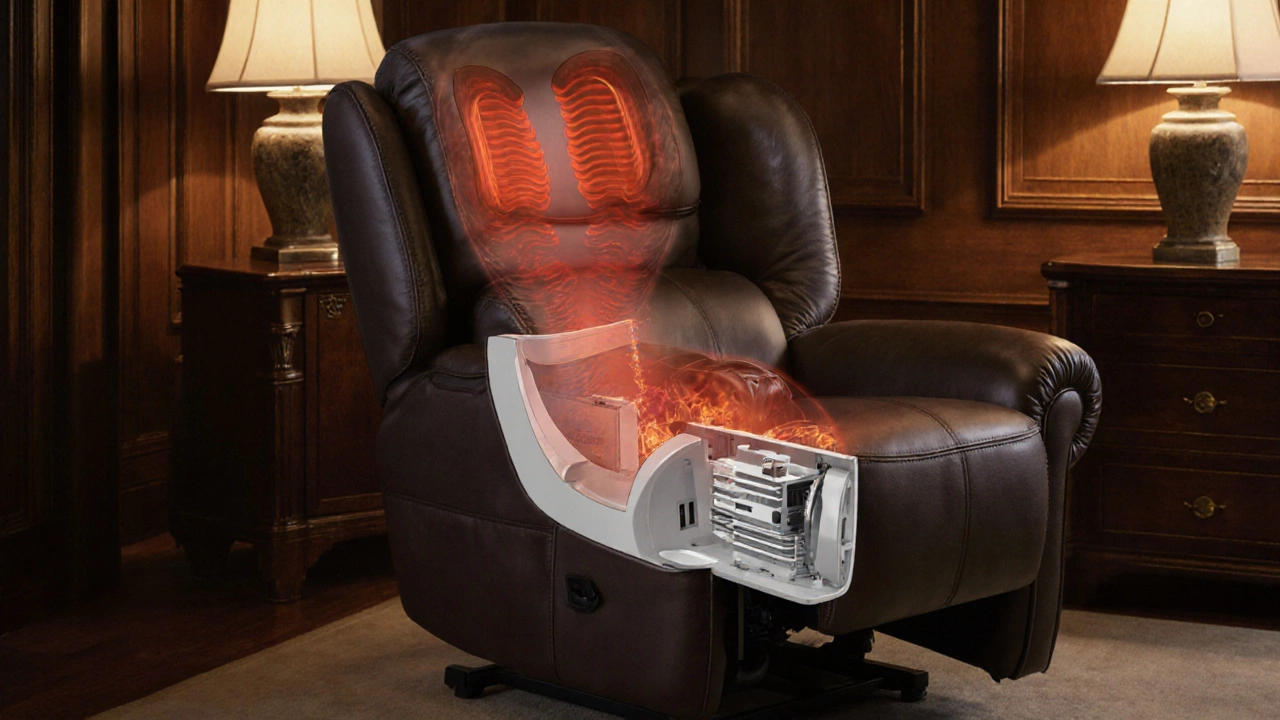
Where to Buy and When to Wait
Don’t buy the first chair you see. Prices vary wildly between stores.
Big-box retailers (Costco, Walmart, Target) have the lowest prices but limited selection. You’ll find good deals in January or after major holidays. But if you need a specific color or fabric, you’re stuck with what’s in stock.
Specialty furniture stores (like La-Z-Boy or local upholstery shops) offer more options and better service. They’ll let you test the chair for 15 minutes. Some even offer free delivery and in-home setup. These stores often run promotions in February (after the holidays) and September (back-to-school season).
Online? Be careful. You can’t test the comfort. But sites like Wayfair, Amazon, and Overstock have good return policies. Look for free returns and at least a 1-year warranty. Avoid brands you’ve never heard of unless they have 1,000+ verified reviews with photos.
Hidden Costs You Can’t Ignore
That $600 recliner might look like a steal. But what about delivery? Some stores charge $99 just to bring it to your door. Others charge $150 for assembly. Fabric protection? That’s another $100. And if you need to return it? You might pay $125 in restocking fees.
Always ask: Is delivery included? Is setup included? Is there a restocking fee? Write it down. Add those costs to the price tag. A $500 chair with $200 in fees becomes a $700 chair.

How Long Should a Recliner Last?
A $400 recliner lasts 2-3 years. A $900 one lasts 7-10. A $1,800 one? 15+ years.
Think of it like a car. A $20,000 sedan might get you 100,000 miles. A $40,000 one gets you 200,000. Same function. Different durability. Recliners are the same. The more you pay, the longer it holds up.
And here’s the thing: buying cheap means buying twice. A $500 chair that dies in 2 years costs you $250 a year. A $1,200 chair that lasts 10 years? $120 a year. You save money over time.
Final Rule: Spend Based on Use, Not Looks
Don’t buy a recliner because it looks good in the showroom. Buy it because it feels right when you sit in it. Sit for 10 minutes. Lean back. Put your feet up. Does your lower back feel supported? Do your knees line up with your hips? Does the armrest hit your elbows at the right height?
If you’re unsure, test two chairs side by side. One at $700. One at $1,300. Sit in each for 15 minutes. You’ll feel the difference.
Most people spend too much on a TV and too little on the chair they sit in every day. Your recliner isn’t a luxury. It’s part of your health. Spend wisely. Don’t buy the cheapest. Don’t buy the most expensive. Buy the one that fits your body, your habits, and your budget-for the long haul.
Is a $300 recliner worth buying?
Only if you need it temporarily. A $300 recliner usually has a weak frame, low-density foam, and cheap fabric. It may feel fine at first, but it will sag within a year. If you’re using it for guests or a rental, it’s okay. If you plan to sit in it daily, you’ll regret it.
What’s the best brand for value?
La-Z-Boy, Ashley, and Flexsteel offer the best balance of price and quality. They use reliable frames, decent foam density, and solid warranties. You won’t get luxury features, but you’ll get 7-10 years of daily use without issues.
Should I buy a power recliner?
Only if you have trouble standing up or sitting down. Power recliners are easier on joints and muscles. But they cost $300-$800 more than manual ones. If you’re healthy and mobile, a manual recliner works just fine. If you’re over 60 or have back problems, the extra cost is worth it.
Can I find a good recliner on sale?
Yes. Major sales happen in January (after Christmas), February (President’s Day), September (back-to-school), and November (Black Friday). Local furniture stores often match online prices. Don’t rush-wait for a sale if you can.
Is leather better than fabric for a recliner?
Leather lasts longer and looks nicer, but it’s harder to clean and can crack in dry climates. Fabric is more forgiving, especially performance fabrics like Crypton or Sunbrella. If you have pets or kids, fabric is easier to maintain. If you want elegance and durability, go with top-grain leather-but only if you’re willing to condition it every 6 months.

